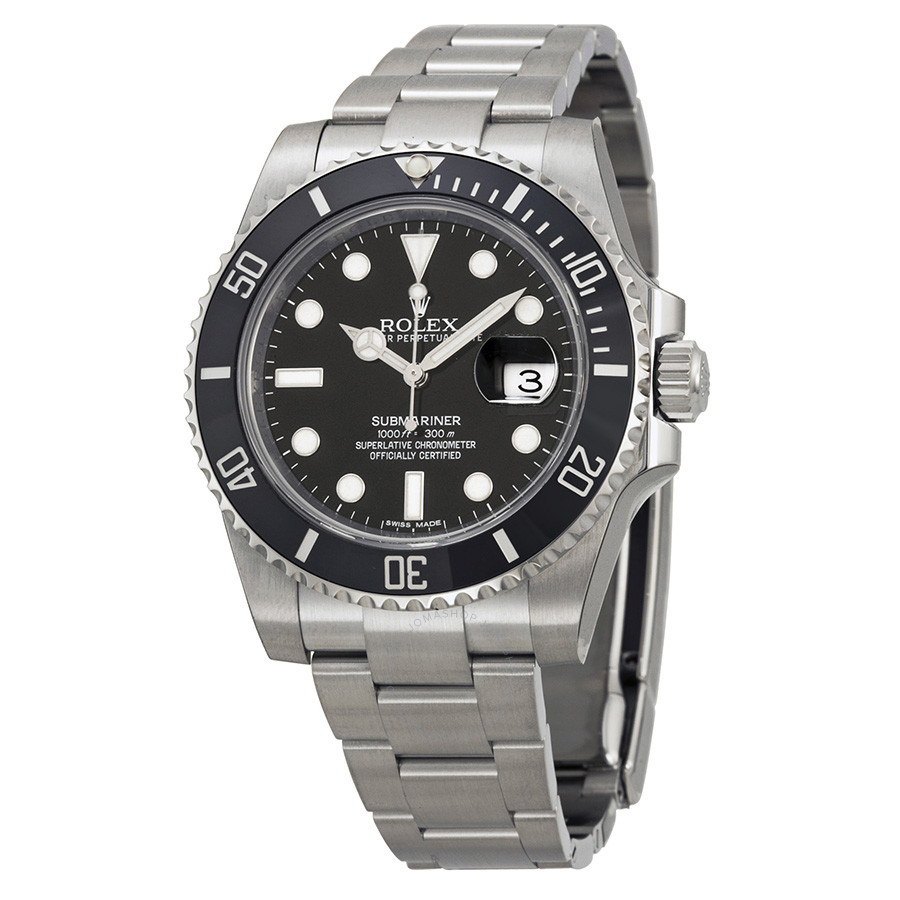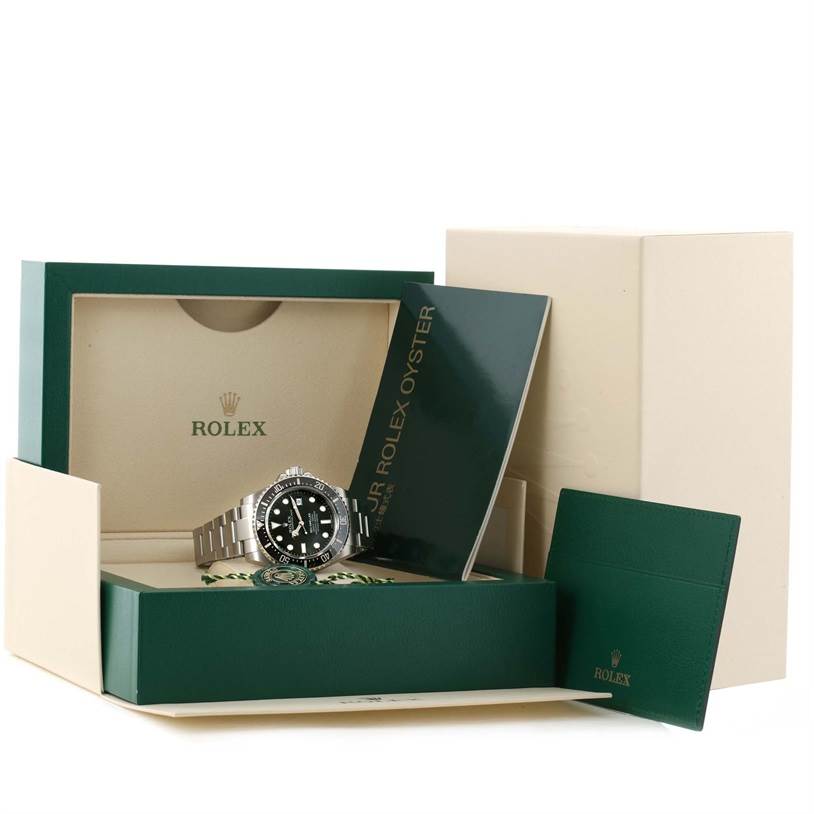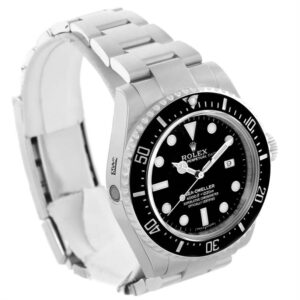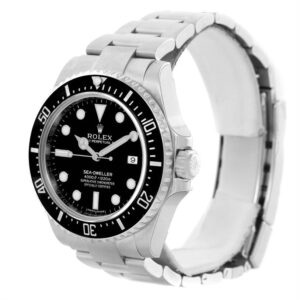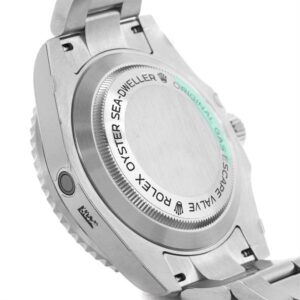Rolex holds an esteemed position in the realm of horology. Despite frustrations over waitlists and the brand’s contemporary associations, its significance is undeniable. At Fratello, our discussions about Rolex range from critiques of modern marketing to admiration for timeless classics. Love it or loathe it, Rolex remains a focal point in the watch world, alongside its sibling brand, Tudor.
Delving into the 1940s Setting aside modern perceptions, let’s journey back to a time when Rolex and Tudor watches played a crucial role in history. These were not oversized status symbols but rather modest timepieces worn by brave individuals during World War II, notably in the Battle of the Atlantic, the war’s longest continuous campaign. 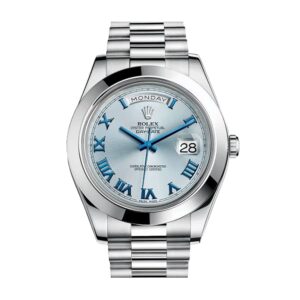
Rolex’s Legacy Founded by Hans Wilsdorf, replica Rolex revolutionized watchmaking with the introduction of the waterproof Oyster case. While others had attempted waterproof designs, Wilsdorf’s marketing prowess propelled Rolex to the forefront. Notably, swimmer Mercedes Gleitze’s successful English Channel swim with a Rolex Oyster showcased its durability.
Battle-Tested Timepieces By the onset of WWII, Rolex had established itself as a trusted watchmaker. Despite wartime export challenges, soldiers worldwide favored Rolex watches, including the Royal Canadian Navy. Some officers even sported engraved Tudor Oyster watches, a testament to their popularity among servicemen.
Unique Naming Conventions In Canada, Rolex watches bore different names due to contractual agreements, such as “Oyster” and “Commander.” Despite the varied branding, these watches, equipped with the reliable Rolex/Tudor caliber 59, gained favor among Canadian naval officers.
Critical Role in Conflict During WWII, the Royal Canadian Navy Volunteer Reserve (RCNVR) emerged as a key component of Allied naval forces. Their efforts, alongside other Allied navies, proved pivotal in securing victory in the Battle of the Atlantic, a campaign critical to the Allies’ success. 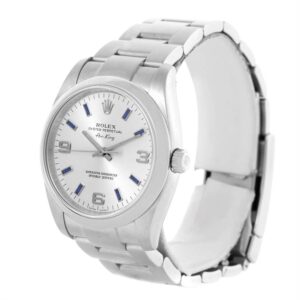
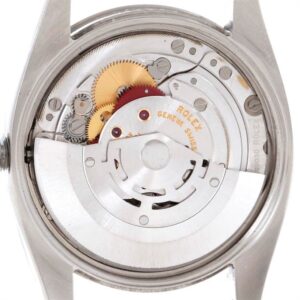
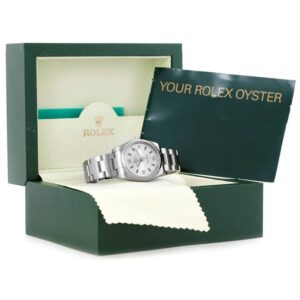
Enduring Adversity Navigating the treacherous waters of the Atlantic demanded resilient timepieces. Rolex Oyster watches, marketed for their waterproof capabilities, provided reliability amidst the formidable conditions encountered at sea.
Honoring Sacrifice The Battle of the Atlantic exacted a heavy toll, with numerous warships lost and thousands of sailors perishing. Among them was Lt. Robert Hampton “Hammie” Gray, whose bravery and sacrifice exemplify the valor of Allied forces.
Legacy of Courage Lt. Gray’s heroic actions in the Pacific theater underscore the courage displayed by Allied servicemen. His memorial on Japanese soil stands as a testament to his extraordinary bravery and serves as a reminder of the sacrifices made during WWII.
Final Reflections Exploring the role of early Rolex and Tudor Oyster watches in WWII reveals a chapter of history intertwined with innovation and courage. These timepieces, whether issued or acquired privately, symbolize the resilience and spirit of those who served. As we delve deeper into these stories, let us honor the legacy of those who wore these watches and explore further tales of valor from this era.
A Farewell Tribute to the Rolex Milgauss
Gathered on this brisk Monday morning in February, we pay homage to the Rolex Milgauss, a beacon of color, antimagnetic resilience, and precision that illuminated the lives of countless watch enthusiasts. As we bid farewell, let us cherish its memory and the distinctive character it brought to the world of horology. Though we mourn its departure, let us find solace in the hope for a worthy successor, one that will carry forward the legacy of the Milgauss with honor and innovation. Together, let us celebrate the life of this remarkable timepiece and embrace the future with optimism, knowing that the spirit of the Milgauss will endure.
Rolex surprised the watch community during Baselworld 2007 with the introduction of the Rolex Milgauss 116400GV, a striking timepiece featuring a black dial adorned with an eye-catching green crystal. While initial reception was mixed, over time, enthusiasts grew to appreciate its unique design and technical prowess. The Milgauss lineage traces back to the references 6543 and 6541, developed in the 1950s to meet the demands of professionals working in magnetic environments, such as those at CERN in Switzerland.
The Milgauss ref. 1019, produced from 1960 to 1988, continued the legacy of antimagnetic excellence with its understated design and robust construction. Despite its technical prowess, it remained a lesser-known member of the fake Rolex family. However, its significance in the Milgauss lineage cannot be understated.
The introduction of the Milgauss 116400 marked a resurgence in interest in this unique timepiece, albeit with a modern twist. Despite initial skepticism, it garnered a dedicated following, particularly with the release of the Z-Blue variant. However, its discontinuation in 2023 marked the end of an era.
With the recent unveiling of the updated Air-King ref. 126900, there is speculation about the potential return of the Milgauss. A new iteration could incorporate modern materials and technology while paying homage to its heritage. A titanium case and bracelet, paired with a bold yet functional dial design, could redefine the Milgauss for a new gen
eration of enthusiasts.
As we bid farewell to the replica Rolex Milgauss 116400GV, we reflect on its impact and look to the future with anticipation. Though its time may have passed, its legacy will endure, inspiring generations of watch enthusiasts to come. Farewell, dear Milgauss, may your spirit live on in the hearts of all who admired you.
